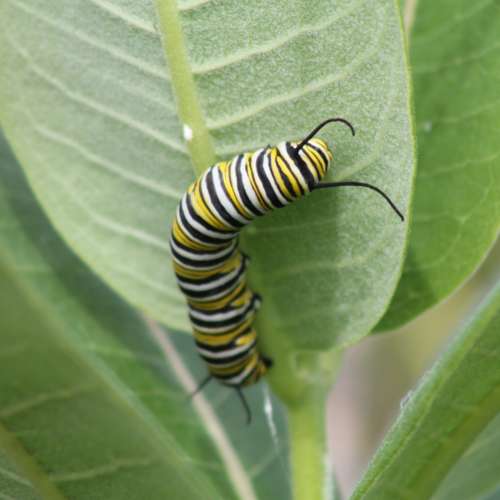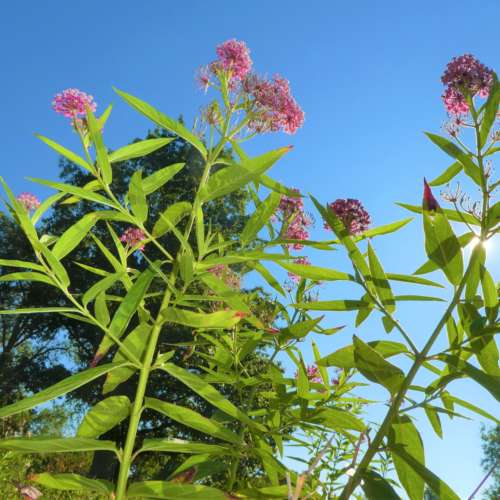Monarch butterflies are an iconic species, easily recognized by their large and vibrant orange wings. Monarchs carry out one of the most incredible cross-continental journeys in the animal kingdom, travelling upwards of 5000 kilometres from Canada to the oyamel fir forests in the mountains of Mexico. Unfortunately, the monarch butterfly is a species listed under "special concern" in Ontario, meaning that work needs to be done in order to protect and sustain future populations.
Why Are Monarchs Declining?
Each fall millions of monarch butterflies migrate to overwintering sites in Mexico and to a scattering of locations along the coast of California. In the spring monarchs return to breeding areas and the cycle starts again: a two-way migration that is one of the most spectacular on the planet. Yet, this migration appears to be declining.
Researchers are working to determine the causes of this decline; some theories include:
- Loss of milkweed needed for monarch caterpillars to grow and develop, due to habitat conversion and adverse land management
- Drought conditions in California and other areas in the western U.S., resulting in lower milkweed biomass, and reduced availability of milkweed late in the summer
- Insecticide and herbicide use to control insects and weeds, with unintended consequences for monarchs
- Overwintering habitat loss and degradation, due to development within and adjacent to overwintering groves, and decay of overwintering trees as they age
- Habitat loss in overwintering sites in Mexico, due to illegal logging
How Can You Help Monarchs?
The monarch migration occurs twice every year. Nectar from flowers provides the fuel monarchs need to fly. If there are not any blooming plants to collect nectar from when the monarchs stops, they will not have any energy to continue. Planting monarch flowers that bloom when they will be passing will help the monarchs reach their destination. Creating more monarch habitat will help work to reverse their decline.
Plant milkweed! Monarch caterpillars need milkweeds to grow and develop. There are over 100 milkweed species that are native to North America, many of which are used by monarchs. To learn which species to plant in your region, and how to plant them, visit the Bring Back the Monarchs Campaign at: www.monarchwatch.org.
Plant butterfly nectar plants! Monarchs need nectar to provide energy as they breed, for their migratory journey, and to build reserves for the long winter. Include butterfly plants in your garden, and avoid using pesticides.
Download the FREE Monarch Plant List in PDF format.


